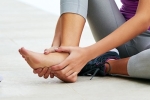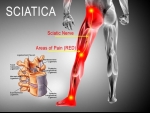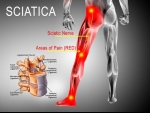How Exercise for Pain Relief Really Helps
It can feel like a Catch-22: Everyone is telling you to need to exercise, but when you’re in pain, exercising may be the last thing you feel like doing. And unfortunately, the longer you avoid doing it, the harder it can be to get started. Muscles and tendons get weak, stiff, and sore when they aren’t being used, so there can be significant aches and pains when you decide to start moving again. But finding the right exercise program can be an essential tool for pain relief.
























